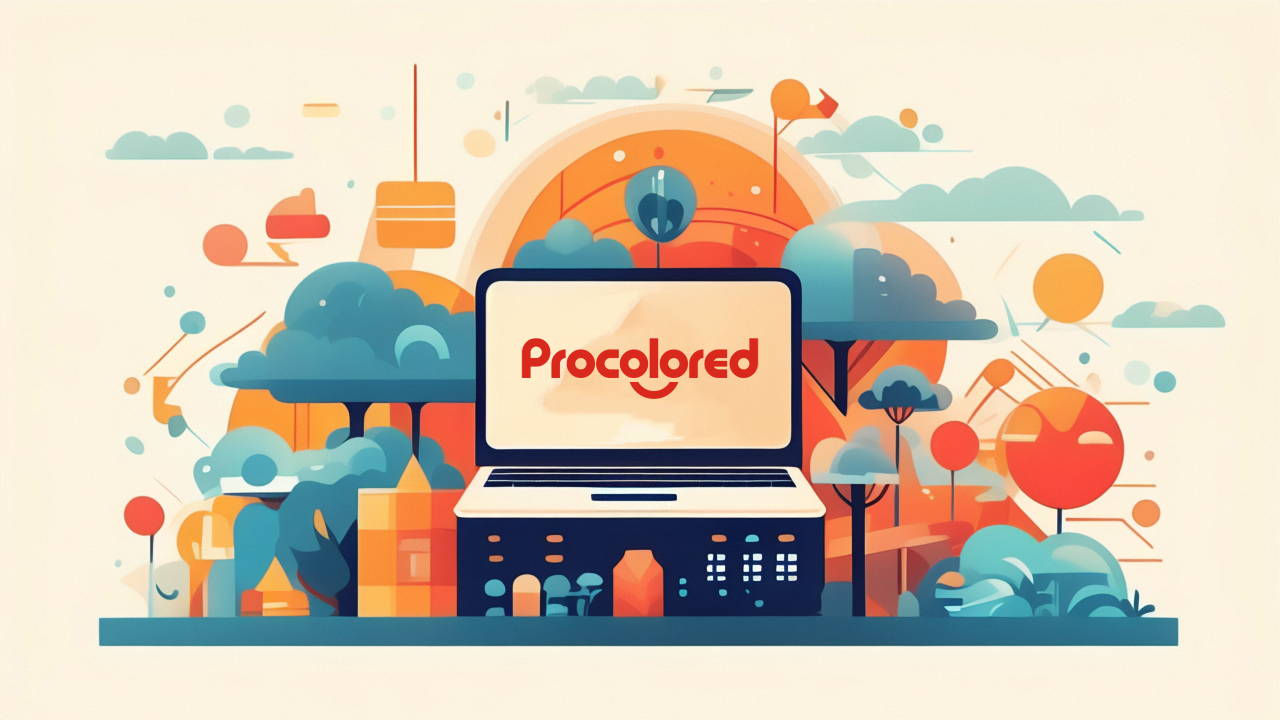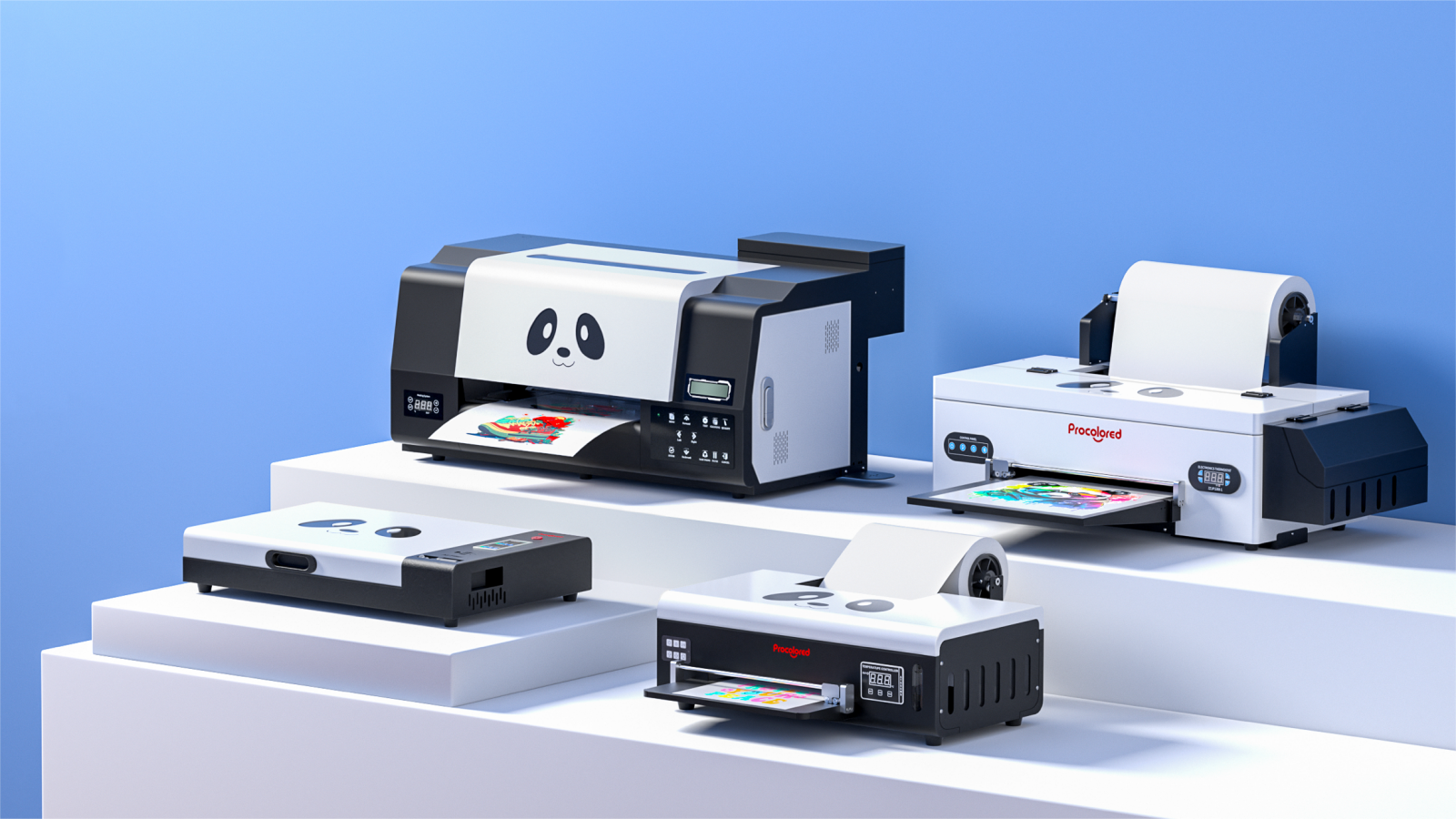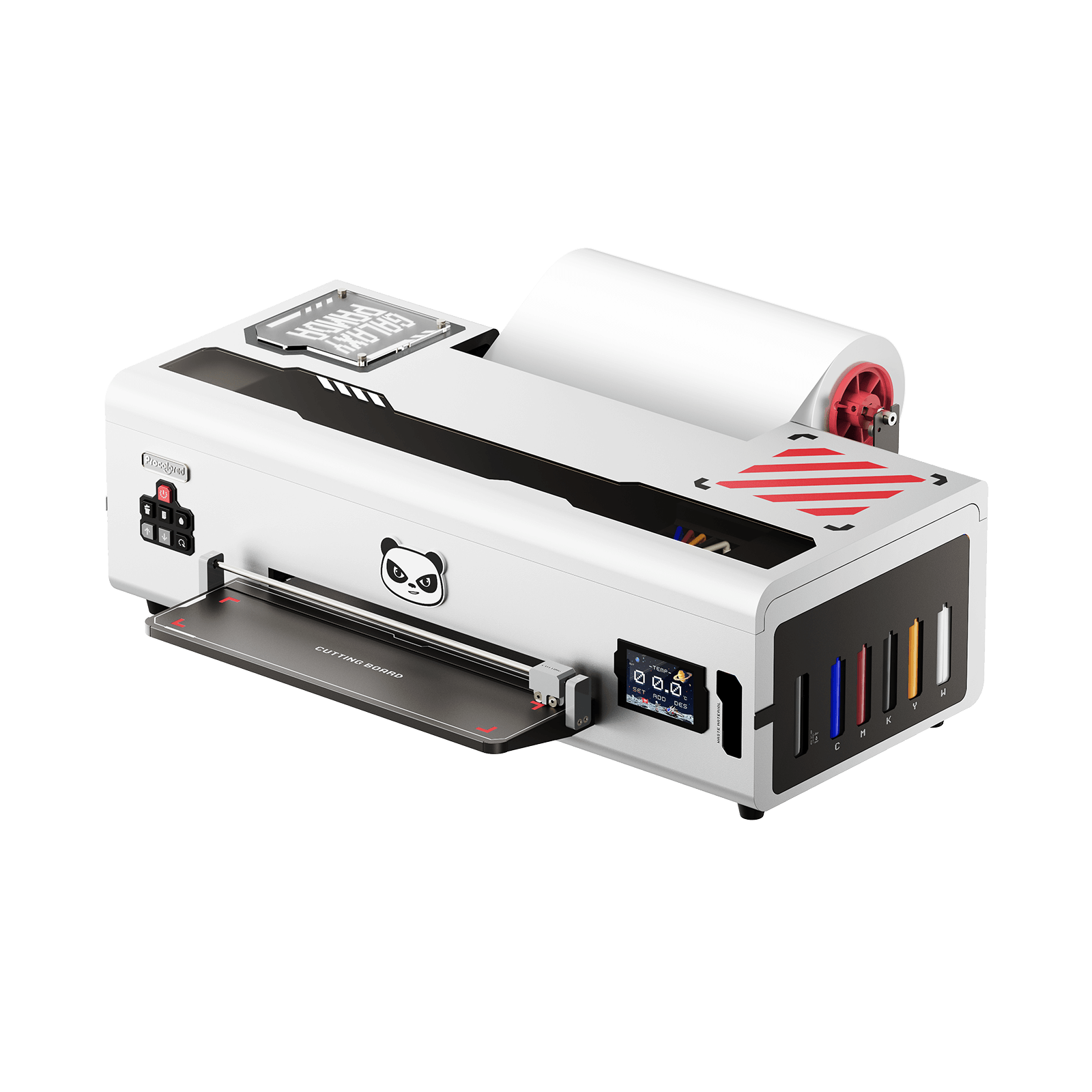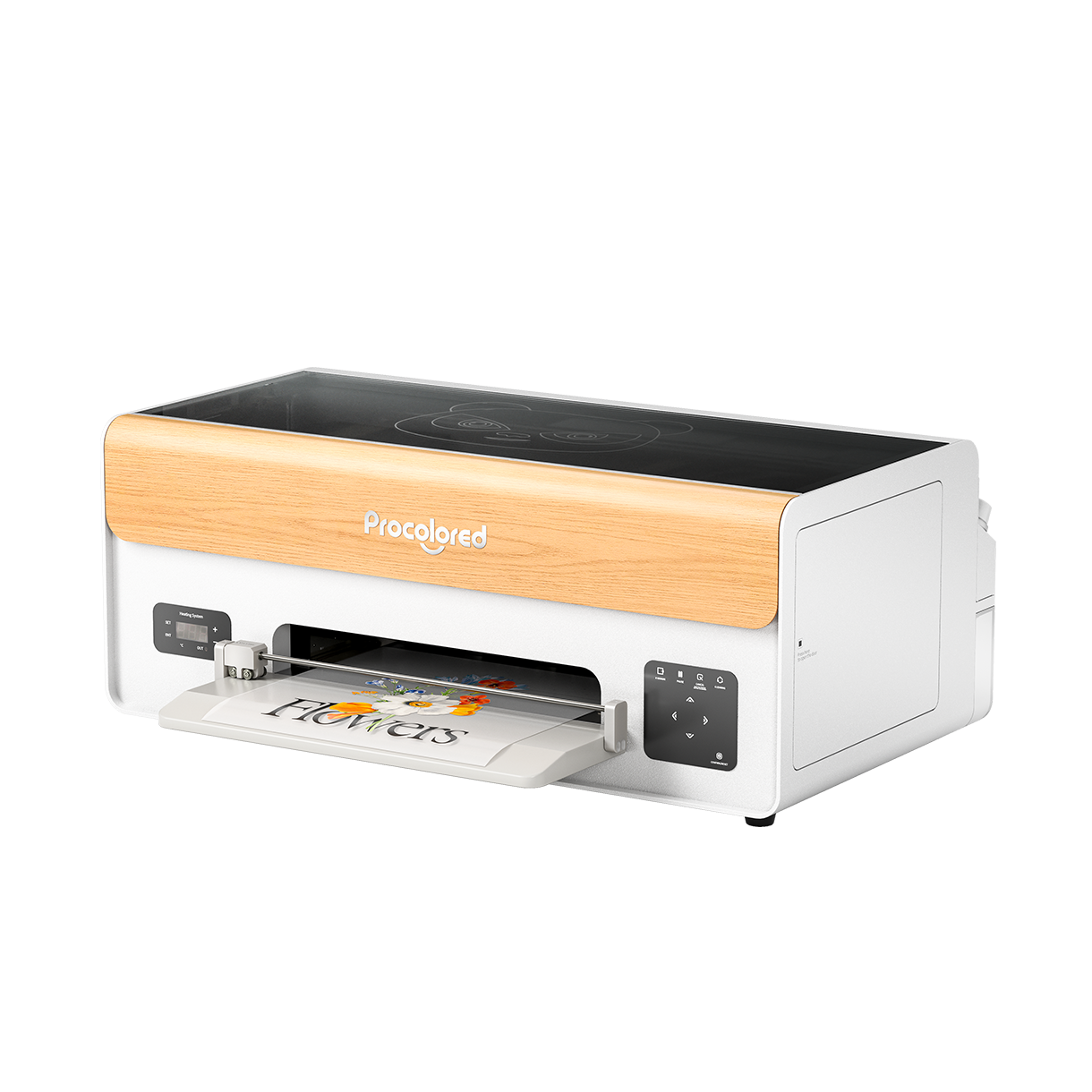Table of Contents
How UV Printing Works?
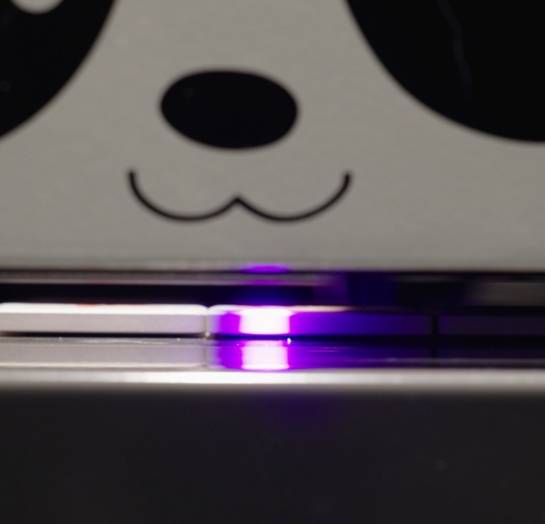
Materials UV Printers Can Print On
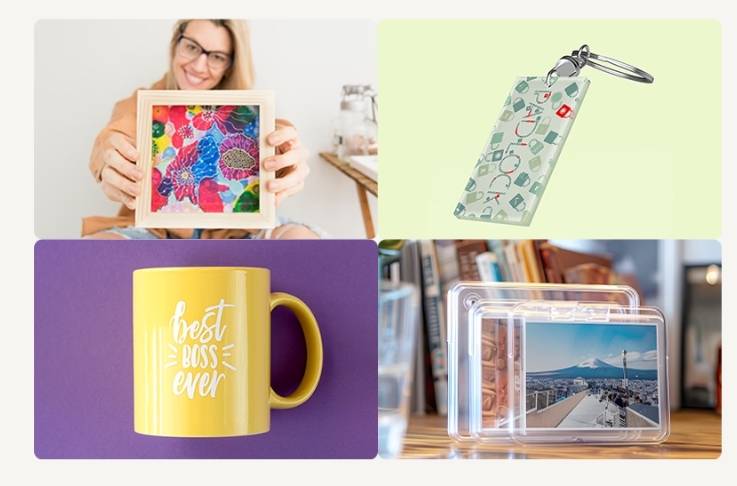
A. Plastics
B. Glass
C. Metals
D. Wood
E. Ceramics & Porcelain
F. Leather and PU Leather
G. Paper & Cardboard
H. Fabrics (Limited Compatibility)
3D Objects and Unusual Surfaces
A. Items that are Curved and Cylindrical
B. Small Promotional Items
C. Specialty Surfaces and Uncommon Materials
Why Does This Matters for You?
Industry Use Cases
A. Advertising and Signage
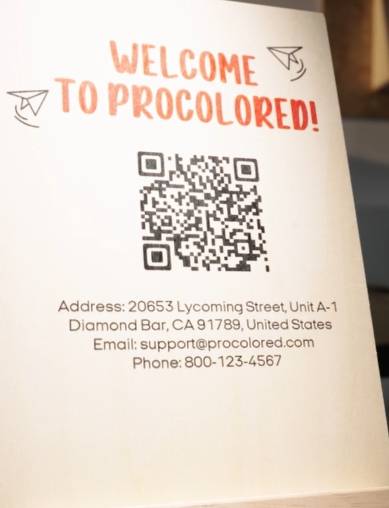
B. Interior Design & Architecture
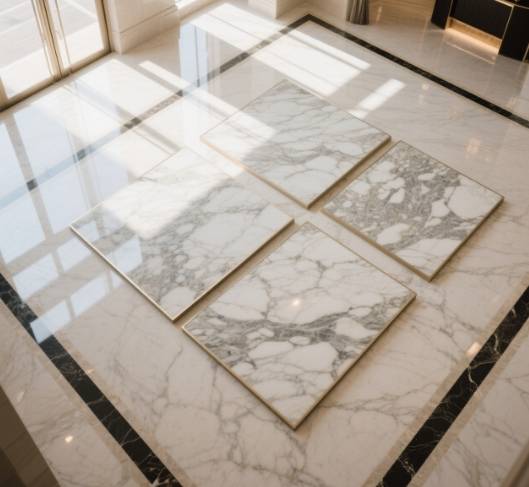
C. Gifts and Personalization
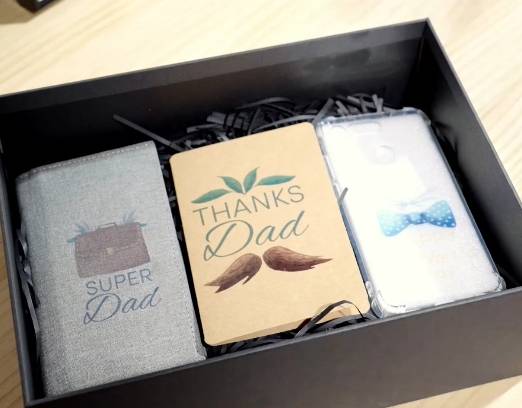
D. Prototypes of Packaging
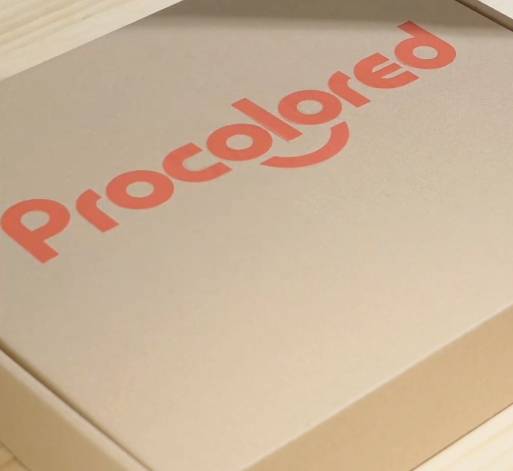
E. Industrial and Electronics
Limitations & Considerations
Additional Surface Preparation May Be Required
Size Is Important
Not Appropriate For Fabrics Or Stretchy Materials
Always Test Before Mass Production
Conclusion

About the Author - Joyce
Joyce has worked with Procolored since the first day she joined inkjet printing career. Through continual training courses and years of working experiences, Joyce has formed a comprehensive understanding over Procolored products and a thorough knowledge of printing technologies.

About the Author - Joyce
Joyce has worked with Procolored since the first day she joined inkjet printing career. Through continual training courses and years of working experiences, Joyce has formed a comprehensive understanding over Procolored products and a thorough knowledge of printing technologies.
Subscribe
To join our mailing list
and never miss our updates!
Subscribe
To join our mailing list
and never miss a baby update!
Subscribe
To join our mailing list
and never miss our updates!
































